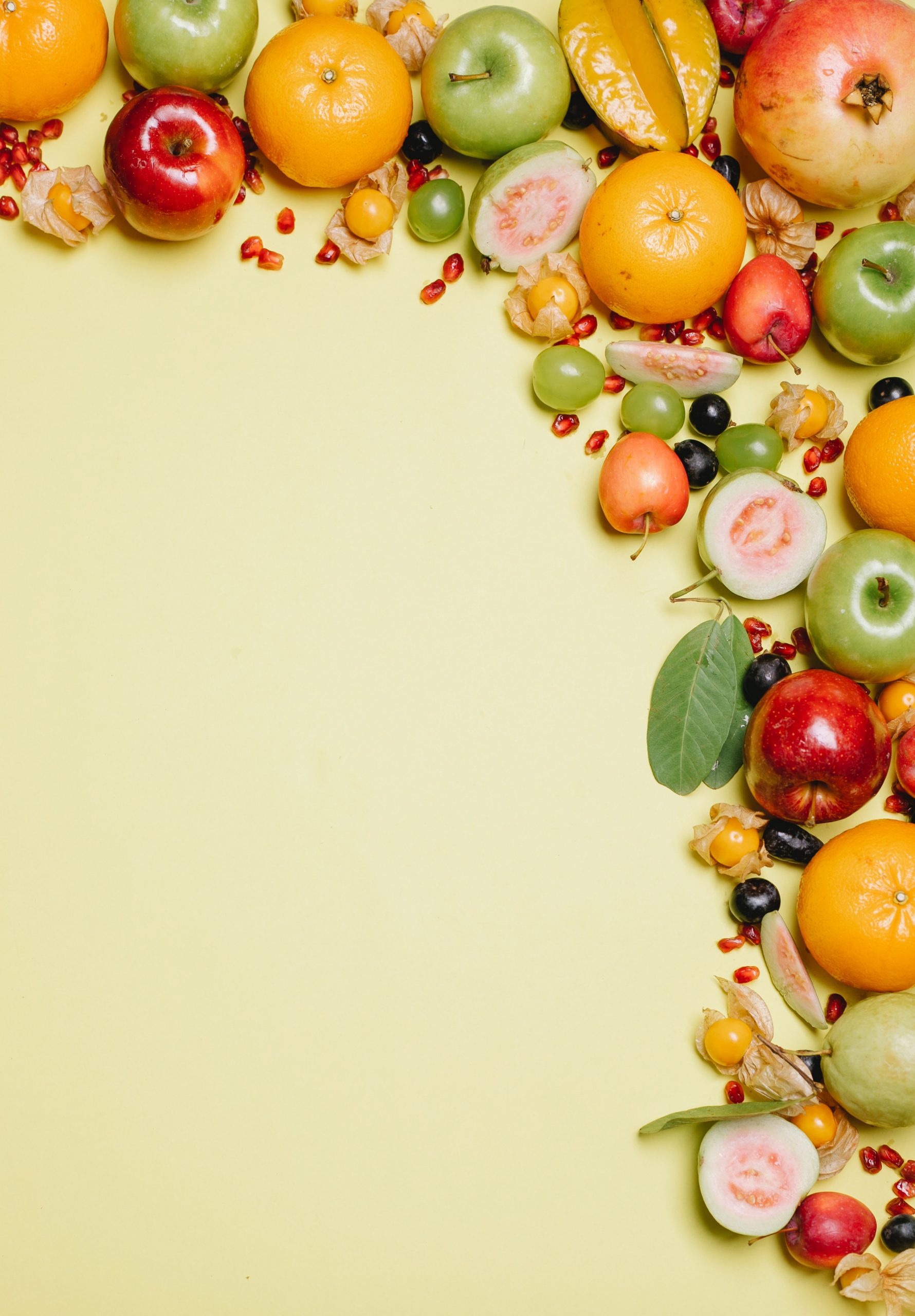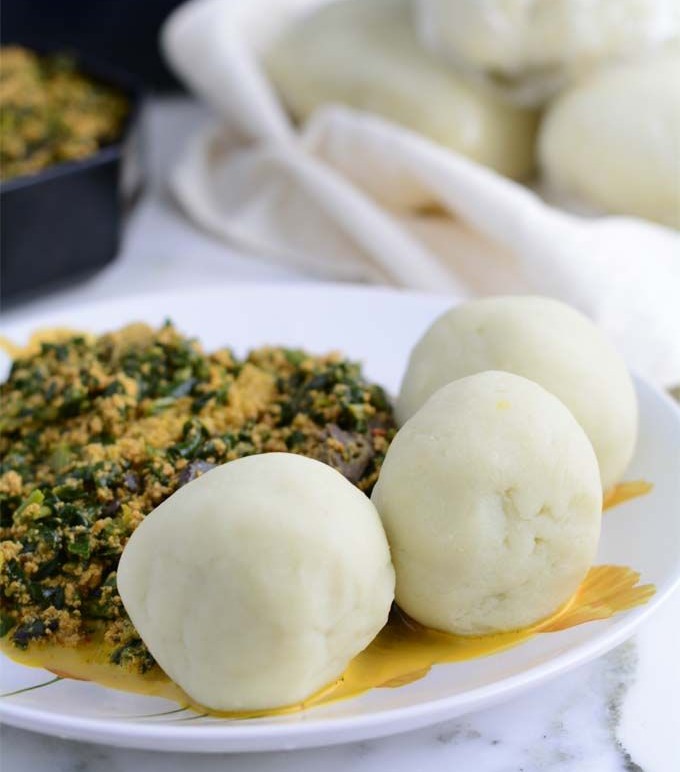DiscoverYoruba.com is your one-stop for embracing Yoruba culture, entertainment, and history unfolding.
Introduction
Ensuring food safety inside a household may be effectively accomplished by adhering to four essential measures: Cleaning, Separating, Cooking, and Chilling/refrigeration. The implementation of these fundamental practises is crucial in ensuring the protection of one’s own health and that of our close relations against the potential dangers associated with foodborne illnesses.
Cleaning
Maintaining cleanliness is of utmost importance, and it is recommended to engage in regular handwashing and surface cleaning. Pathogenic microorganisms proliferate in many environments and have the potential to disseminate inside the confines of your kitchen workspace.
In order to address this issue, it is essential to engage in the practise of hand hygiene by thoroughly washing one’s hands with soap and either warm or cold water for a duration of no less than 20 seconds. This practise should be observed before to, during, and subsequent to meal preparation, as well as preceding the act of consuming food.

The act of handwashing is of utmost importance, especially after the handling of uncooked meat, poultry, shellfish, eggs, and flour. It is essential to thoroughly clean utensils, cutting boards, and counters by washing them attentively with hot water and soap after the preparation of each food item. Furthermore, it is important to thoroughly cleanse newly harvested fruits and vegetables by rinsing them under a continuous flow of water in order to eliminate any potential toxins.
Separating
The implementation of separation measures serves as a preventive measure against cross-contamination. It is crucial to ensure that uncooked meat, poultry, shellfish, and eggs are kept apart from ready-to-eat items in order to minimise the transmission of harmful microorganisms.
When engaging in the activity of grocery shopping, it is essential to maintain a strict segregation between raw meat, poultry, fish, and their respective juices, and all other goods present in the shopping cart or basket. To ensure proper food safety practises, it is recommended to keep raw or marinating meat, poultry, fish, and eggs in sealed containers inside the refrigerator.

This precautionary measure helps avoid the leakage of fluids onto other food items. The use of separate cutting boards or plates designated for raw meats and vegetables should be implemented. It is generally advised against washing raw chicken before to cooking. However, if one choose to engage in this practise, it is imperative to adhere to appropriate safety protocols.
Cooking

Ensuring that food is cooked to the appropriate temperature is of utmost importance, as it is important for the interior temperature of the meal to reach a threshold that effectively eliminates potentially hazardous microorganisms. In order to ensure the safe cooking of food, it is recommended to use the use of a food thermometer to correctly assess its doneness.
It is advisable to depend on this particular instrument instead of placing reliance on visual indicators such as hue and texture. Various food varieties need particular interior temperatures to ensure safety. For example, it is recommended that beef, veal, lamb, and hog cuts be cooked to a minimum internal temperature of 145°F. Ground meats, on the other hand, should be cooked to a minimum internal temperature of 160°F, while poultry requires a minimum internal temperature of 165°F.
Chilling / Refrigerating

Chilling inhibits bacterial growth: Bacteria have the ability to rapidly multiply within the temperature range of 40°F to 140°F, sometimes referred to as the “Danger Zone.” It is recommended to ensure that the temperature of your refrigerator is maintained at or below 40°F, while the temperature of your freezer is kept at or below 0°F.
In the event that your refrigerator does not possess an integrated thermometer, it is advisable to use an appliance thermometer. It is recommended to expeditiously place warm or hot food in shallow containers and refrigerate, since this practise promotes accelerated cooling.
Perishable food items such as meat, seafood, dairy products, cut fruit, certain vegetables, and prepared leftovers should be promptly refrigerated within a maximum of 2 hours. However, if these foods are exposed to temperatures beyond 90°F, they should be refrigerated within 1 hour.
Frozen food may be defrosted in a safe manner by using the refrigerator, cold water, or the microwave. It is important to prevent countertop thawing, as this might create an environment conducive to fast bacterial multiplication.
By adhering to these procedures conscientiously, one may guarantee the security and welfare of their home by mitigating the likelihood of foodborne diseases.
This is one of our feature articles that talks about Wellness in terms of Food, body and soul. Read our previous article in this segment here.
Frequently asked Questions
1: What is the significance of ensuring food safety within a household setting?
Ensuring food safety within the household setting is of paramount importance in mitigating the risk of foodborne infections. Adhering to appropriate protocols may effectively safeguard individuals and their close relations from deleterious bacteria, viruses, and pollutants that have the potential to induce health problems.
2: What is the importance of the “Clean, Divide, Cook, Refrigerate” methodology in ensuring food safety?
The strategy known as “Clean, Divide, Cook, Refrigerate” offers a straightforward and efficient framework for promoting the safe handling of food. Every individual step has a crucial role in reducing the potential for contamination and inhibiting the proliferation of harmful microbes.
3: What are the recommended methods for effectively sanitising hands and surfaces to maintain food safety?
It is recommended to engage in regular hand hygiene practises by thoroughly washing one’s hands for a minimum duration of 20 seconds using soap and water, both before to and subsequent to food preparation activities. In addition, it is recommended to thoroughly cleanse utensils, cutting boards, and surfaces using hot water and soap after the preparation of each food item.
4: What is the significance of segregating raw meats and ready-to-eat foods?
Raw meats have the potential to harbour pathogenic germs, which may lead to contamination of other food items if appropriate segregation measures are not implemented. Cross-contamination may be prevented by ensuring that raw meats, poultry, shellfish, and eggs are stored apart from ready-to-eat foods.
5: What are the indicators for determining whether food has been cooked to the appropriate temperature?
In order to guarantee the safety of food, it is necessary to use a food thermometer for the precise assessment of the interior temperature of cooked food items. Various categories of food need precise interior temperatures in order to eliminate harmful bacteria that may lead to sickness.
Hikmot A. Salako
BSc. Food Biotechnology
MSc. Food Science
Reference:
https://www.cdc.gov/foodsafety/keep-food-safe.html










